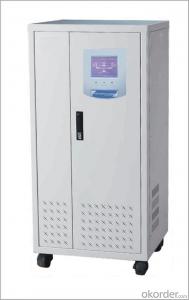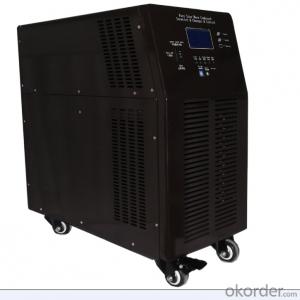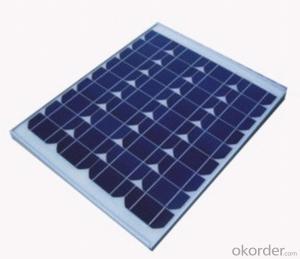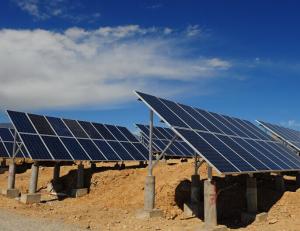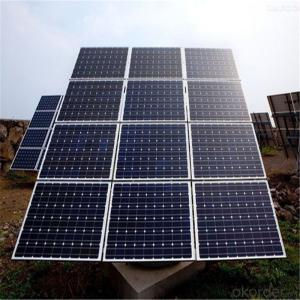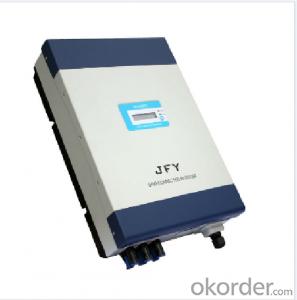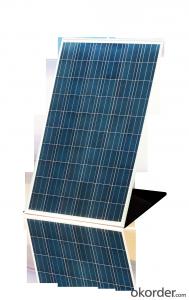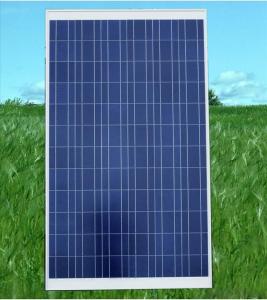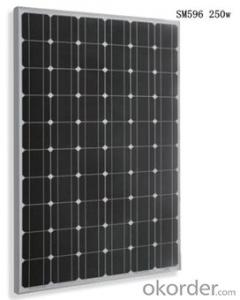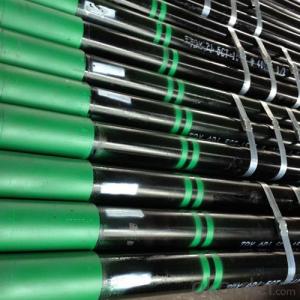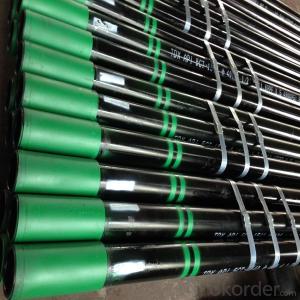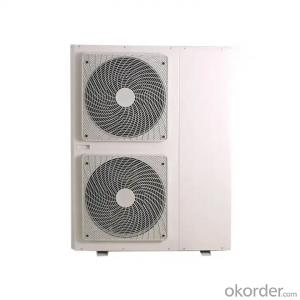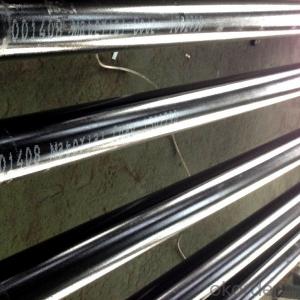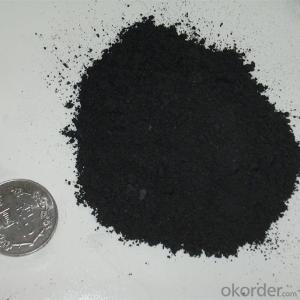2.5 Mw Solar Inverter
2.5 Mw Solar Inverter Related Searches
2.5kw Solar Inverter 2.5 Kw Solar Inverter Solar Inverter 2.5kw 2.5 Kva Solar Inverter 2.5 Kva Solar Hybrid Inverter 2.5 Kva Mppt Solar Inverter 2500 Watt Solar Inverter 25kw Solar Inverter 25kw Inverter Solar 5.5 Kw Solar Inverter 25 Kw Solar Inverter 3.5 Kw Solar Inverter 3.5kw Solar Inverter 25 Kva Solar Inverter 5.5 Kva Solar Inverter 2.2 Kw Solar Inverter 3.5 Kva Solar Inverter 5.2 Kw Solar Inverter Solar Inverter 5.5kw 3.5kva Solar Inverter Solar Inverter 3.5 Kva 4.5 Kw Solar Inverter 250 Watt Solar Inverter 1.5 Kw Solar Inverter Solivia 2.5 Solar Inverter 250 Kw Solar Inverter 250kw Solar Inverter 250w Solar Inverter 1.5kw Solar Inverter 6.5 Kw Solar Inverter2.5 Mw Solar Inverter Supplier & Manufacturer from China
The 2.5 MW Solar Inverter is a high-capacity power conversion device designed to optimize the performance of large-scale solar energy systems. This advanced inverter is engineered to efficiently convert the direct current (DC) generated by solar panels into alternating current (AC) that can be fed into the power grid or used to power electrical loads. The product's robust design and advanced features make it a reliable choice for utility-scale solar power plants and commercial solar installations.The 2.5 MW Solar Inverter is widely used in various applications, including large-scale solar farms, industrial solar installations, and grid-connected solar power systems. It is particularly suitable for environments where high power output and efficient energy management are critical. The inverter's ability to handle large amounts of solar energy and convert it into usable power makes it an essential component in the transition to clean, renewable energy sources.
Okorder.com is a leading wholesale supplier of the 2.5 MW Solar Inverter, offering a vast inventory to meet the growing demand for high-capacity solar power solutions. With a commitment to quality and customer satisfaction, Okorder.com ensures that each 2.5 MW Solar Inverter is manufactured to the highest standards and is backed by a reliable warranty. This makes Okorder.com a trusted source for those seeking to invest in large-scale solar energy projects and maximize the efficiency of their renewable energy systems.
Hot Products













